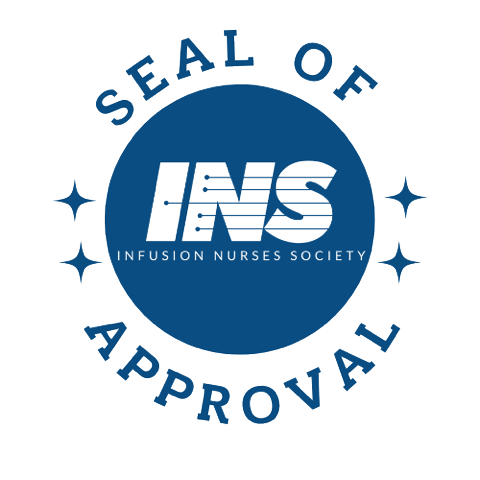
INDIVIDUAL LEARNING
With 80+ affordable courses to choose from, you can get the latest in Vascular Access Education. Earn continuing education credits at your own pace, anywhere, anytime. Choose individual courses or check out our discounted multi-course bundles for big savings.
PICC Excellence has developed pathways of education to enhance your learning experience and, at the same time, help your progress towards mastery in your field or higher-level certifications. These pathways begin at Foundations of Vascular Access, Fundamentals of Vascular Access Device Management, Essentials of Infection Prevention, and Vessel Health and Preservation and later branch into specializations in IV Therapy, Ultrasound Guided Peripheral IV, Midlines, Peripherally Inserted Central Catheters and Central Venous Access Devices.

The Building Blocks
The PICC Excellence education for clinicians in the field of vascular access is structured into four essential building blocks, each of which plays a crucial role in preparing you for specialized practice. These building blocks are the foundational framework upon which their education is built. We recommend beginning with Foundation of Vascular Access and proceeding along the progression from 1 to 4 below.
1.
Foundations of Vascular Access
Foundations of Vascular Access is a seven course series covering key components of clinical work. Begin with Basic Anatomy or Introduction to Vascular Access Devices, then progress through the other courses.
Courses include:
- Basic Vein Anatomy
- Introduction to Vascular Access
- Components of a Vascular Access Device
- Understanding MAGIC
- Applying Device Selection Practices
- Documentation
- Legal Aspects of Infusion Therapy
2.
Essentials of Infection Prevention
Essentials of Infection Prevention includes a comprehensive series of courses designed to guide the clinician to a better understanding of guidelines and best practices.
From basic aseptic technique and peripheral catheters to sterile procedures and central catheter care, these courses incorporate current evidence with tips and resource materials that promote patient safety with vascular access devices.
Courses include:
- Disinfection Practices for Intravenous Therapy
- Infection Control Standards & Guidelines
- Bloodstream Infections: Identification and Improving Safety
- Central Line Associated Bloodstream Infections
- Central Line Bundle Program
- Infection Prevention for CVADs
- Infection Prevention Strategies
- Principles of Infection Control and Prevention
- ANTT: Key Concepts
- How to Create a Sterile Field
3.
Fundamentals of VAD Management
The major portion of time spent during the life of a vascular access device is not on insertion, but with management of the device. We’ve designed this program to provide a thorough training on the care and maintenance of these devices. This fundamentals pathway covers evidence-based practices for securement, dressing changes, flushing, blood draws, use of needleless connectors, complications and best practice guidelines for all vascular access device management.
By the end of the pathway, healthcare personnel will have a thorough understanding of the best practices for managing vascular access devices. They will be equipped with the knowledge to implement maintenance bundle recommendations, prioritize patient safety, and effectively reduce the risk of infection.
4.
Intravenous Therapy Mastery
4th in the Building Blocks, IV Therapy Mastery completes the 40 hours qualification for intravenous therapy Mastery Certificate eligibility. These courses are especially applicable for the licensed practical or vocational nurses, and those nurses or clinicians wanting to receive refresher training.
Courses include:
- Basics of IV Administration
- Fluid and Electrolyte Balance
- Parenteral Nutrition and Infusion Therapies
- Peripheral Vein Anatomy
- PIV Pre Insertion Assessment
- When is a PIV NOT Indicated
- Performing a PIV Insertion Procedure
- PIV Validating Successful Insertion
- Final Steps of PIV Procedure
- Assessment of PIV Site and Function
- Identification and Prevention of Complications
- PIV Blood Draws and Blood Transfusions
Next Level Pathways
Vessel Health & Preservation
Next level learning begins with the Vessel Health & Preservation Pathway which follows the model of the four quadrants of care for assessment and selection, insertion, management and evaluation with education.
Expand your knowledge of all that is involved with vessel health and preservation in the cycle of care with patients requiring intravenous therapy and vascular access devices. Learners will study vessel health & preservation, intentional selection, insertion practices, best practices of assessment, outcome evaluation and evidence-based practice applications.
Courses include:
- Vessel Health and Preservation
- The Importance of Evidence-based Practices
- Intentional VAD Selection
- Central Line Insertion Practices
- VAD Assessment Best Practices
- Outcome Based Evaluations
UGPIV / Midline
Comprehensive Ultrasound Peripheral IV Therapy Mastery Learning Guidance course leads you through all you need to know to achieve eligibility for the lifetime UGPIV Mastery Certificate.
Our Mastery Learning guidance methodology with a complete training toolbox is designed to equip you with a comprehensive and innovative approach to mastering UGPIV insertions. This mastery credential underscores best practices, needle guidance, superior insertion and management techniques, and a profound understanding of infection prevention that all lead to a high level of success.
The standardized Ultrasound Guided Mastery Learning course received the 1st issued INS Seal of Approval and is an all inclusive set of:
- Mastery Learning Course Package
- Confidence tools
- Skills Modules
- Deliberate practice guidance
- Minimum passing score measurements
- Precepting tools
- Tools for for use in demonstrating competency
- Mastery final exam and certificate
- Data collection for post-course accountability and more!

Midline
Midlines are gaining popularity as beneficial vascular access devices, in some cases becoming the first option for vascular access, bridging the gap between short peripheral catheters and central venous access.
Learn about midline assessment, indications, applications, when not to use a midline, how to validate a successful insertion, and how to set up a midline program at your facility.
Courses include:
- Midlines – Application and Use
- MIVAS – How to Establish an Effective Midline Program
- Ultrasound – What Do I See On The Screen?
- When is a Midline NOT Indicated
- Midline Types and Insertion Tips
- Midline Assessment
- Midline Validating Successful Insertion
PICC / CVAD
PICC Qualification
PICC Qualification leads to PICC Certification. The courses progressively develop your knowledge and skills required for PICC Certification. Explore the Basic PICC curriculum, pre insertion, insertion with multiple ultrasound application courses, and post insertion management courses to complete the body of knowledge necessary for the PICC specialist qualification. Adult, Pediatric and Neonatal PICC focus offered. Certifications also available in Credentialing for CPUI (adult & pediatric) and CNPI (neonatal).
CVAD
Central venous catheter and device training includes CVAD assessment, overview of central venous catheter infections, and introduction to mid-thigh femoral catheters. Courses are designed to guide you through insertion of all types of central venous access devices.
PICC Credentialing
Become a Certified PICC Ultrasound Inserter (CPUI) or Certified Neonatal PICC Inserter (CNPI). Whether you are a beginner or qualified PICC inserter, take the next steps to raise your qualifications to expert level, then maintain those qualifications through renewal and experience.
